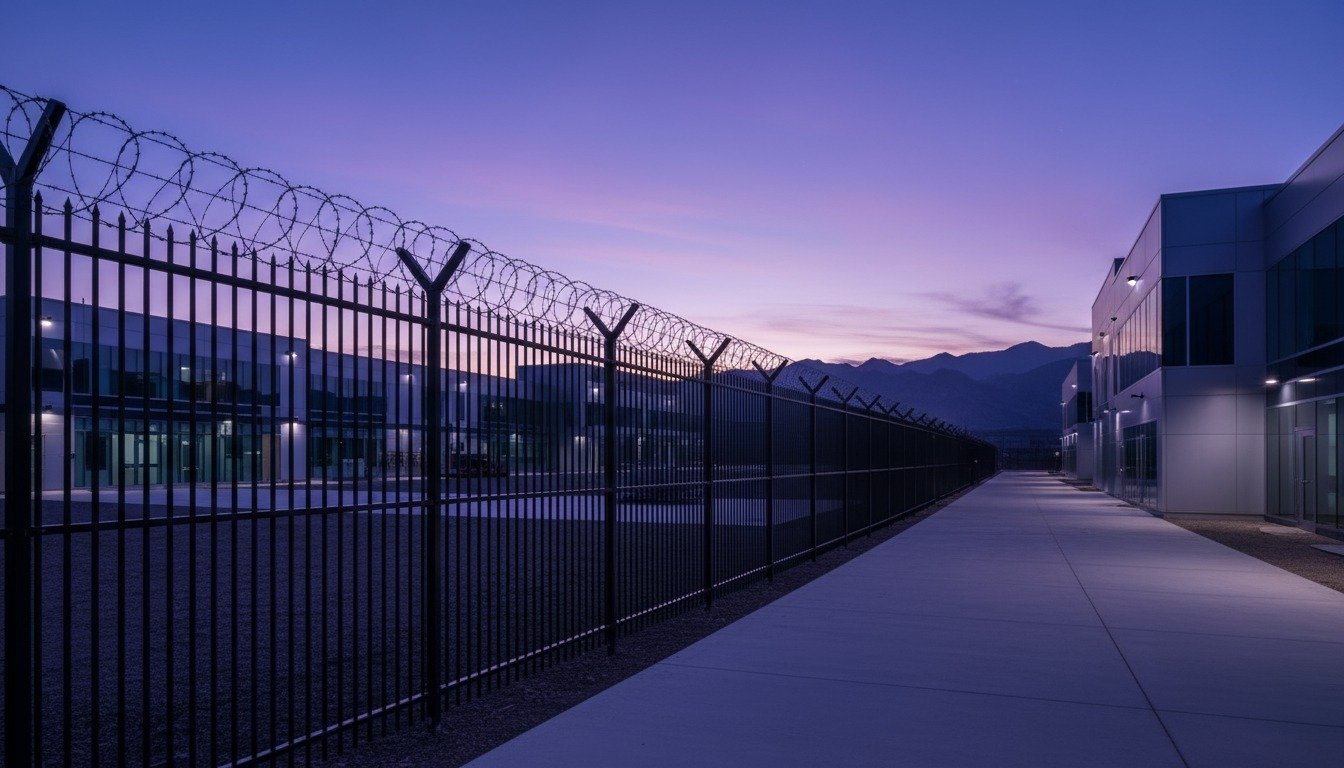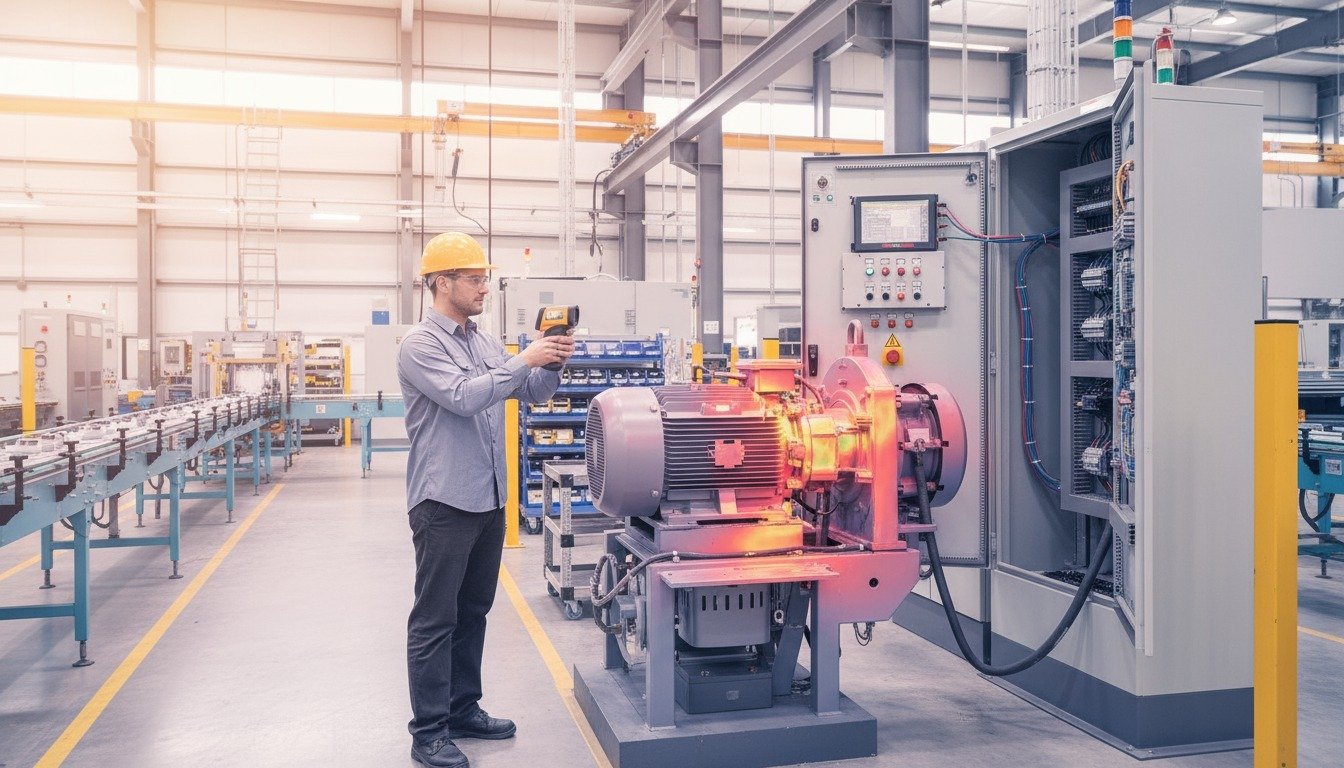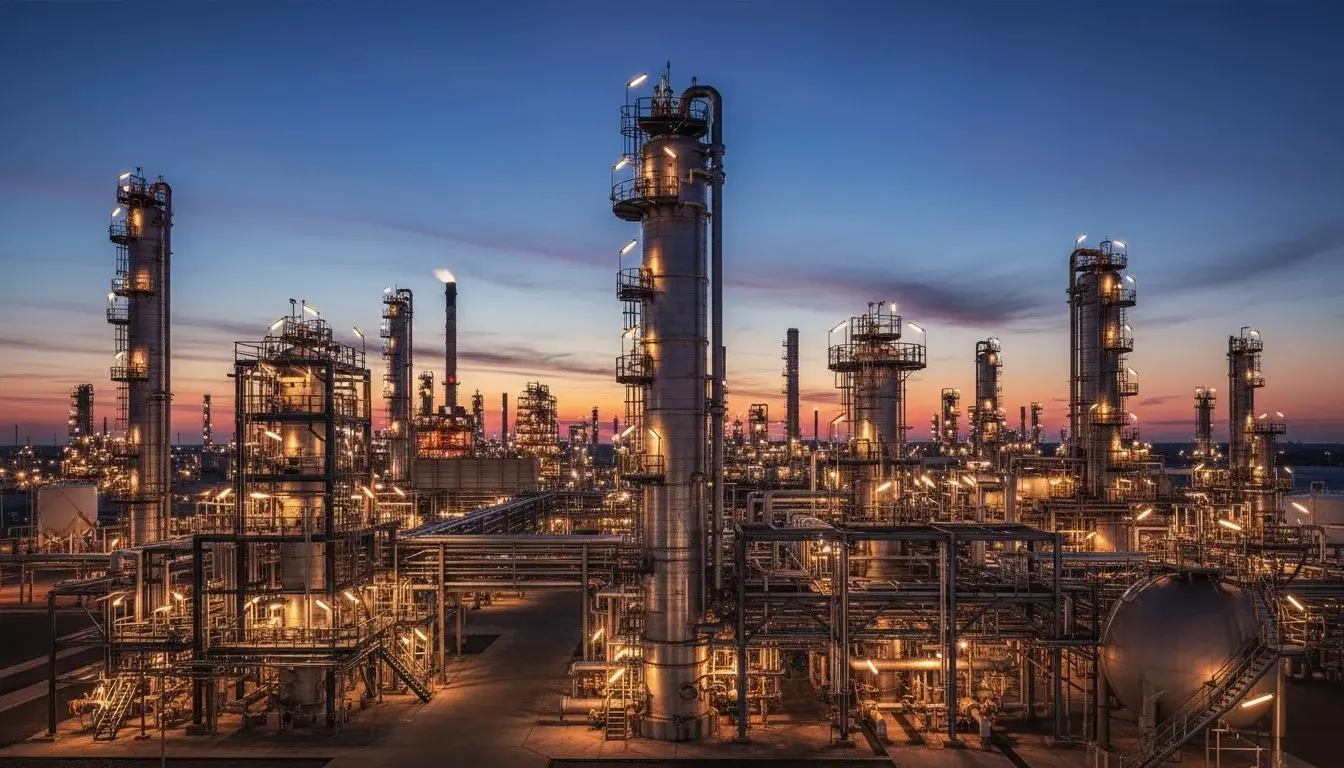Why Industrial Thermal Imaging is Critical for Equipment Monitoring
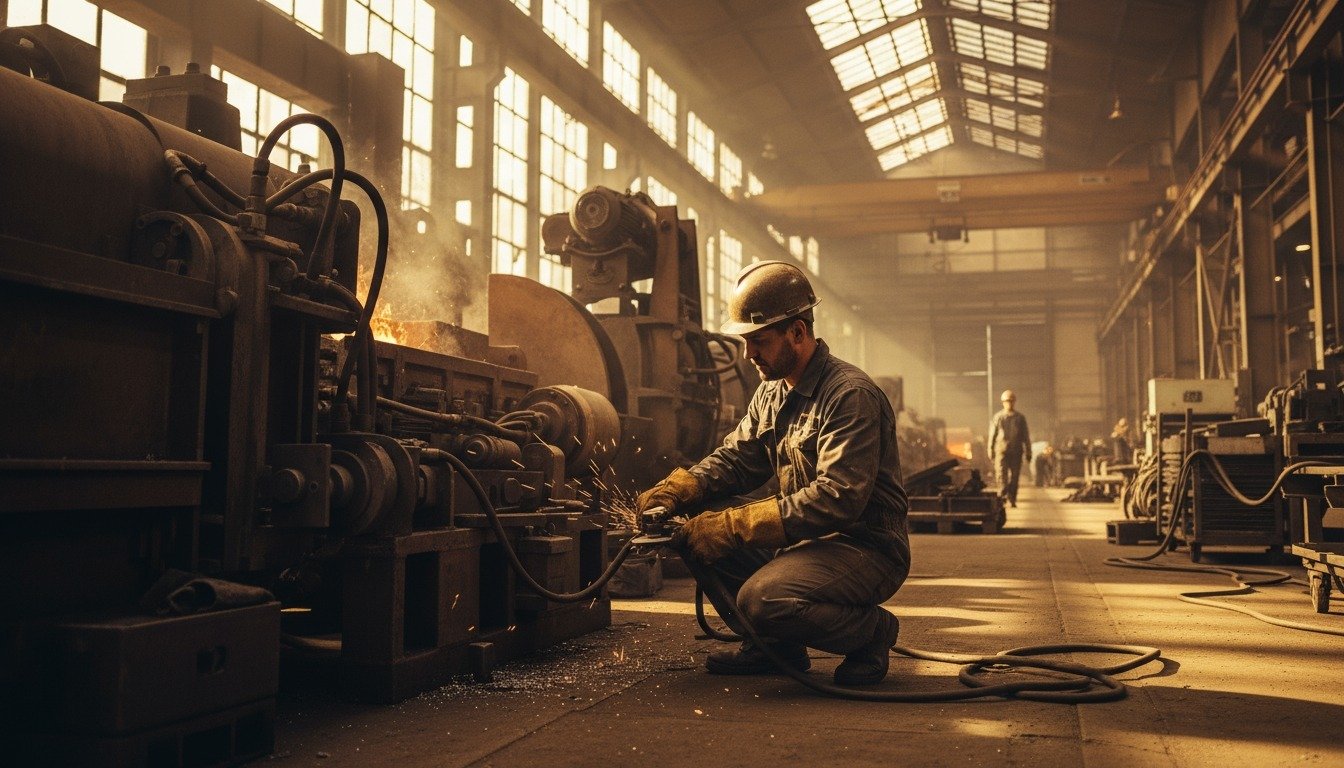
Key Takeaways
Industrial thermal imaging transforms equipment monitoring by detecting failures before they occur, helping facilities reduce maintenance costs by 30-40%.
- Non-contact temperature measurement enables safe monitoring of critical equipment without operational disruption
- Early detection of thermal anomalies prevents catastrophic failures and unplanned downtime in industrial facilities
- Integration with predictive maintenance programs extends equipment life and optimizes maintenance scheduling
- Modern thermal imaging systems provide real-time monitoring capabilities that traditional inspection methods cannot match
Organizations implementing thermal monitoring gain competitive advantages through improved equipment reliability and reduced operational costs.
Equipment failures cost industrial facilities millions annually through unplanned downtime, emergency repairs, and lost production. Traditional maintenance approaches often miss early warning signs that precede catastrophic equipment failures. Industrial thermal imaging has emerged as a critical technology that addresses these challenges by providing continuous, non-contact monitoring of essential equipment.
The global thermal imaging market was valued at $4.27 billion in 2022 and is projected to reach $7.59 billion by 2030, demonstrating the growing recognition of this technology's value across industrial sectors. This growth reflects how organizations are embracing thermal monitoring to transform their maintenance strategies and achieve operational excellence.
What Makes Industrial Thermal Imaging Essential for Modern Facilities?
Industrial thermal imaging captures infrared radiation emitted by equipment and converts it into visual temperature maps that reveal thermal signatures of machinery and systems. Unlike traditional temperature measurement tools that provide single-point readings, thermal cameras create comprehensive temperature profiles of entire systems, enabling maintenance teams to identify problem areas that might otherwise remain hidden.
The technology detects heat signatures indicating equipment stress, wear, or malfunction. When mechanical components begin failing, friction increases and generates excess heat. Electrical connections develop resistance as they degrade, creating hot spots that thermal cameras readily identify. This early detection capability enables maintenance teams to address problems before they escalate into costly failures.
Modern thermal imaging systems offer several advantages over conventional monitoring methods. They provide non-contact measurement capabilities, ensuring worker safety around high-voltage electrical systems and rotating machinery. The technology also enables continuous monitoring without disrupting operations, making it ideal for 24/7 industrial environments where shutdowns are expensive.
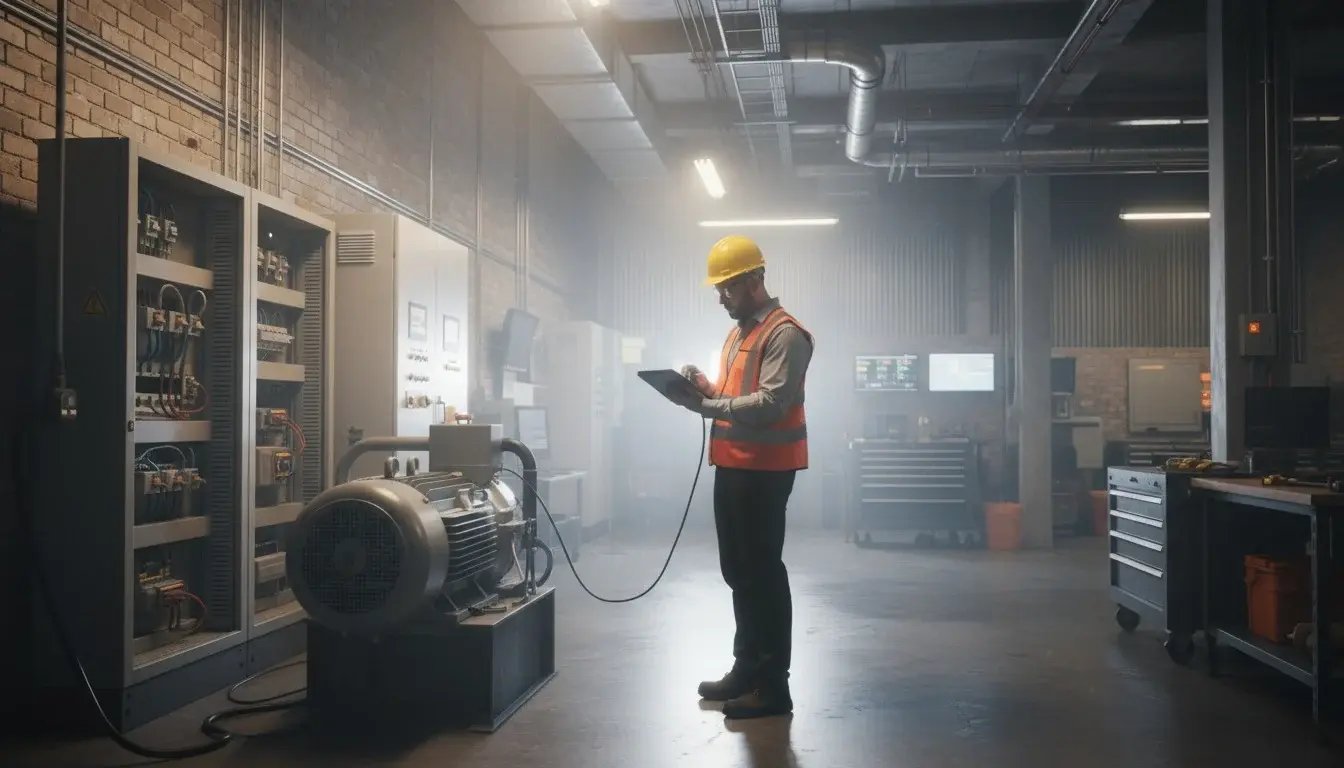
How Much Can Facilities Save with Thermal Monitoring Programs?
The financial impact of implementing thermal imaging for equipment monitoring extends far beyond initial investment costs. Studies by the Federal Energy Management Program estimate that properly functioning predictive maintenance programs provide savings of 30 to 40 percent over reactive maintenance approaches.
These savings originate from multiple sources that directly impact operational profitability. Reduced emergency repair costs represent immediate savings, as thermal monitoring prevents expensive rush orders for parts and emergency contractor fees associated with unexpected failures. Extended equipment lifespan results from addressing problems during early stages rather than allowing damage to compound over time.
Most significantly, thermal monitoring prevents unplanned downtime that disrupts production schedules and impacts revenue. Manufacturing facilities report that thermal imaging helps avoid production shutdowns that can cost thousands of dollars per hour in lost productivity. The technology enables maintenance scheduling during planned outages and turnarounds, optimizing both maintenance resources and production continuity.
|
Benefit Category |
Typical Impact |
Financial Result |
|
Maintenance Cost Reduction |
30-40% savings |
Lower operational expenses |
|
Equipment Life Extension |
20-30% increase |
Deferred capital investments |
|
Downtime Prevention |
50-70% reduction |
Maintained production revenue |
|
Safety Improvements |
Fewer incidents |
Reduced liability costs |
Which Industrial Applications Benefit Most from Thermal Imaging?
Thermal imaging technology proves invaluable across numerous industrial applications where equipment reliability directly impacts operational success. Understanding these applications helps organizations identify where thermal monitoring provides the greatest return on investment.
Electrical System Monitoring
Electrical systems present compelling applications for infrared camera monitoring in industrial facilities. Thermal imaging excels at detecting hot spots in electrical connections, overloaded circuits, and degrading components before they cause fires or system failures. Motor control centers, switchgear, and distribution panels benefit significantly from regular thermal inspections that identify loose connections, overloaded breakers, and failing components.
The non-contact nature of thermal monitoring proves especially valuable for electrical applications where safety concerns limit direct inspection methods. Maintenance teams can identify problems in energized electrical systems without exposing workers to arc flash hazards or requiring system shutdowns for inspection.
Rotating Machinery Assessment
Industrial facilities depend heavily on rotating equipment including motors, pumps, compressors, and fans. Thermal imaging provides early warning of bearing wear, misalignment issues, and lubrication problems that lead to expensive machinery failures. The technology detects temperature increases in bearings weeks or months before traditional vibration analysis would identify problems.
Coupling and belt drive systems also benefit from thermal monitoring, as misalignment and wear create heat signatures that thermal cameras readily detect. This early detection capability enables maintenance teams to address alignment issues before they cause catastrophic bearing failures or motor damage.
Process Equipment Optimization
Manufacturing processes often involve heating, cooling, or temperature-critical operations where thermal monitoring ensures optimal performance. Heat exchangers, furnaces, and processing equipment benefit from continuous thermal monitoring that identifies efficiency losses, blockages, or equipment degradation.
Modern thermal imaging systems enable real-time process optimization by providing immediate feedback on equipment performance. This capability helps operators maintain optimal operating conditions while identifying maintenance needs before they impact production quality or throughput.
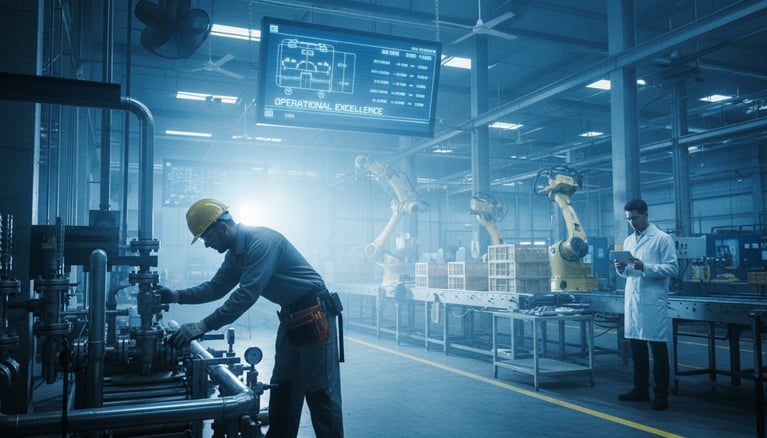
What Advanced Features Drive Industrial Adoption?
Contemporary thermal imaging systems incorporate sophisticated features that extend capabilities beyond basic temperature measurement. These advanced features make thermal monitoring more practical and valuable for industrial applications.
Real-Time Monitoring and Alerting
Modern thermal imaging systems offer continuous monitoring capabilities with automated alerting when temperature thresholds are exceeded. This functionality enables 24/7 equipment surveillance without requiring constant human oversight. Maintenance teams receive immediate notifications when thermal anomalies develop, allowing rapid response to prevent equipment damage.
Integration with facility monitoring systems enables thermal data to combine with other sensor inputs for comprehensive equipment health assessment. This integrated approach provides maintenance teams with complete pictures of equipment conditions that inform better maintenance decisions.
Data Logging and Trending Capabilities
Advanced thermal imaging systems capture and store temperature data over time, enabling trend analysis that reveals gradual equipment degradation. This historical data proves invaluable for predicting when maintenance interventions will be needed and optimizing maintenance schedules based on actual equipment condition rather than arbitrary time intervals.
Temperature trending also helps maintenance teams understand normal operating patterns for different equipment, making it easier to identify when thermal signatures indicate developing problems. This baseline establishment is crucial for effective thermal monitoring programs.
How Should Organizations Implement Thermal Monitoring Successfully?
Successfully implementing thermal imaging for equipment monitoring requires strategic planning that considers operational priorities, equipment criticality, and resource allocation. Organizations that approach implementation systematically achieve better results and faster return on investment.
The most effective implementations begin with criticality assessment that identifies equipment where failures would have the greatest operational impact. High-priority equipment typically includes production bottlenecks, safety-critical systems, and expensive assets where replacement costs are substantial. Focusing initial thermal monitoring efforts on these critical assets maximizes program value and demonstrates clear business benefits.
Equipment selection should also consider thermal monitoring suitability, as some assets provide better thermal signatures than others. Electrical systems, rotating machinery, and heat-generating processes typically offer clear thermal indicators of developing problems. Equipment operating in extreme environments or with complex thermal signatures may require more sophisticated monitoring approaches.
Integration with Existing Maintenance Programs
Thermal monitoring programs achieve greatest success when integrated with existing maintenance management systems and procedures. This integration ensures that thermal data informs maintenance scheduling and work order generation rather than creating separate monitoring activities that may be overlooked or inconsistently applied.
Computerized Maintenance Management Systems (CMMS) integration enables thermal monitoring alerts to automatically generate work orders when temperature thresholds are exceeded. This automation ensures that maintenance teams respond promptly to thermal anomalies and creates audit trails that document equipment condition over time.
Training programs for maintenance personnel ensure that thermal data is properly interpreted and acted upon. Effective training covers thermal imaging principles, equipment-specific thermal signatures, and response procedures for different types of thermal anomalies.
What ROI Should Organizations Expect from Thermal Imaging?
Demonstrating thermal imaging investment value requires systematic measurement of key performance indicators that reflect operational improvements. Organizations that track these metrics effectively can justify program expansion and optimization.
Primary metrics include maintenance cost reduction, equipment availability improvement, and failure prevention rates. These quantitative measures provide clear evidence of thermal monitoring program effectiveness and support business case development for additional investments.
Secondary metrics such as safety incident reduction, energy efficiency improvements, and maintenance scheduling optimization provide additional evidence of program value. These broader benefits often exceed direct maintenance cost savings and justify thermal monitoring investments even when primary benefits might not reach target levels.
|
Performance Metric |
Measurement Method |
Target Improvement |
|
Maintenance Costs |
Total spending comparison |
30-40% reduction |
|
Equipment Availability |
Uptime percentage tracking |
5-10% increase |
|
Failure Prevention |
Prevented incident counting |
50-70% reduction |
|
Safety Improvements |
Incident rate monitoring |
Measurable decrease |
Long-term success requires continuous program refinement based on performance data and operational feedback. Regular program reviews identify opportunities to expand monitoring coverage, optimize alert thresholds, and improve maintenance response procedures.
What Future Trends Will Impact Thermal Imaging Technology?
The thermal imaging industry continues evolving with technological advances that enhance monitoring capabilities and reduce implementation barriers. Understanding these trends helps organizations plan thermal monitoring strategies that remain effective as technology advances.
Artificial intelligence and machine learning integration represents significant advancement in thermal monitoring capabilities. These technologies enable automated thermal signature analysis that identifies subtle patterns indicating developing equipment problems. AI-enhanced systems can detect anomalies that human operators might miss while reducing false alarms that waste maintenance resources.
IoT platform integration expands thermal monitoring capabilities by connecting thermal cameras with other sensor types for comprehensive equipment health assessment. This sensor fusion approach provides more complete pictures of equipment condition while enabling more sophisticated predictive analytics.
The thermal imaging market is expected to reach $7.8 billion by 2032, reflecting continued growth driven by expanding industrial applications. Improved camera technology continues reducing costs while enhancing performance, making thermal monitoring accessible to smaller facilities and lower-priority equipment.

Frequently Asked Questions
Q: How quickly can thermal imaging detect equipment problems? A: Thermal imaging can detect developing equipment issues weeks or months before traditional methods, as it identifies heat signatures from increased friction, electrical resistance, or mechanical stress in the early stages of failure development.
Q: What is the typical payback period for thermal imaging investments? A: Most industrial facilities see payback periods of 6-18 months through reduced maintenance costs, prevented failures, and avoided downtime, with ongoing savings of 30-40% on maintenance expenses.
Q: Can thermal imaging work in harsh industrial environments? A: Yes, modern industrial thermal imaging systems are designed for harsh environments with ruggedized housings, temperature compensation, and protective accessories that enable operation in extreme temperatures, vibration, and contaminated atmospheres.
Transform Your Maintenance Strategy with Advanced Thermal Solutions
Thermal imaging technology has evolved from specialized diagnostic tool to essential component of modern industrial maintenance strategies. Organizations that implement comprehensive thermal monitoring programs consistently achieve significant improvements in equipment reliability, maintenance efficiency, and operational profitability.
Success requires more than high-quality equipment alone. It depends on partnerships with suppliers who understand industrial applications and can provide engineering support needed for optimal system performance. The most effective thermal imaging solutions come from suppliers who work closely with customers to design monitoring systems that meet specific operational requirements.
LightPath Technologies specializes in delivering premium optical and thermal imaging solutions engineered specifically for demanding industrial applications. With four decades of experience serving aerospace, defense, and industrial customers, LightPath understands the critical importance of reliable equipment monitoring in mission-critical environments. Contact our engineering team to explore how advanced thermal imaging technology can transform your facility's maintenance strategy and deliver measurable operational improvements.



